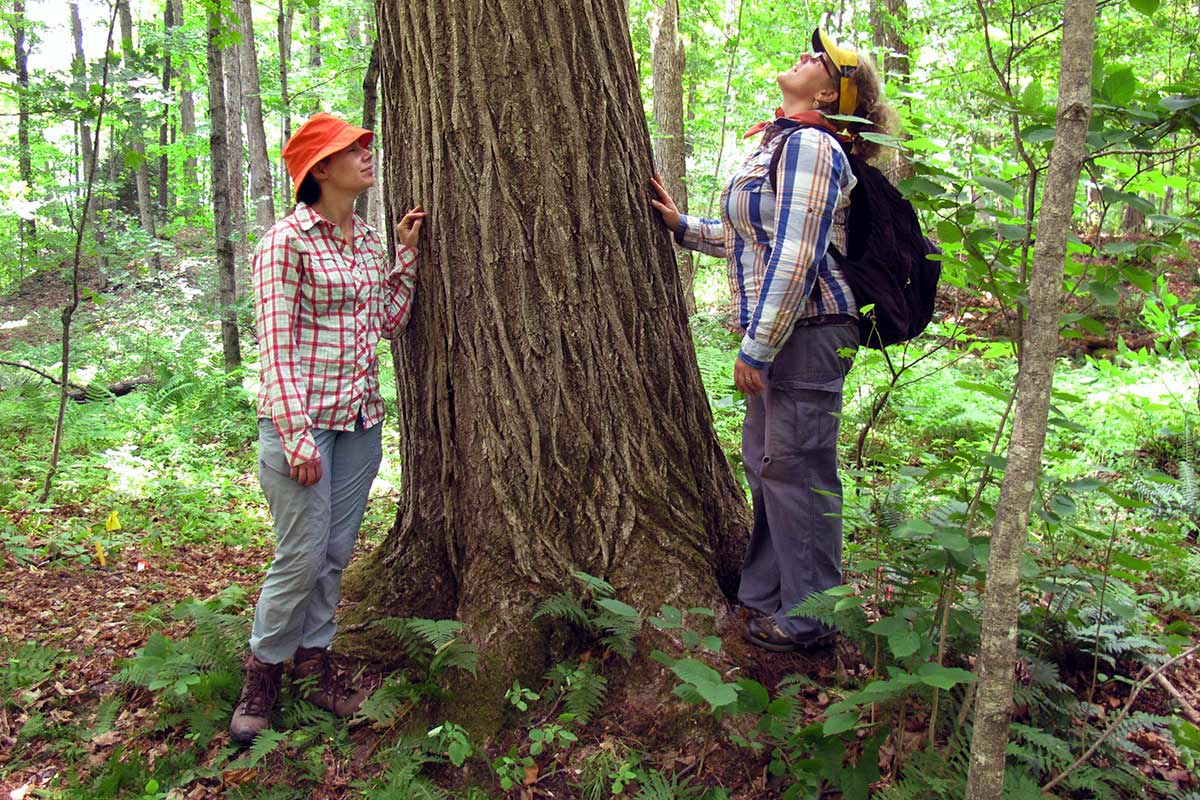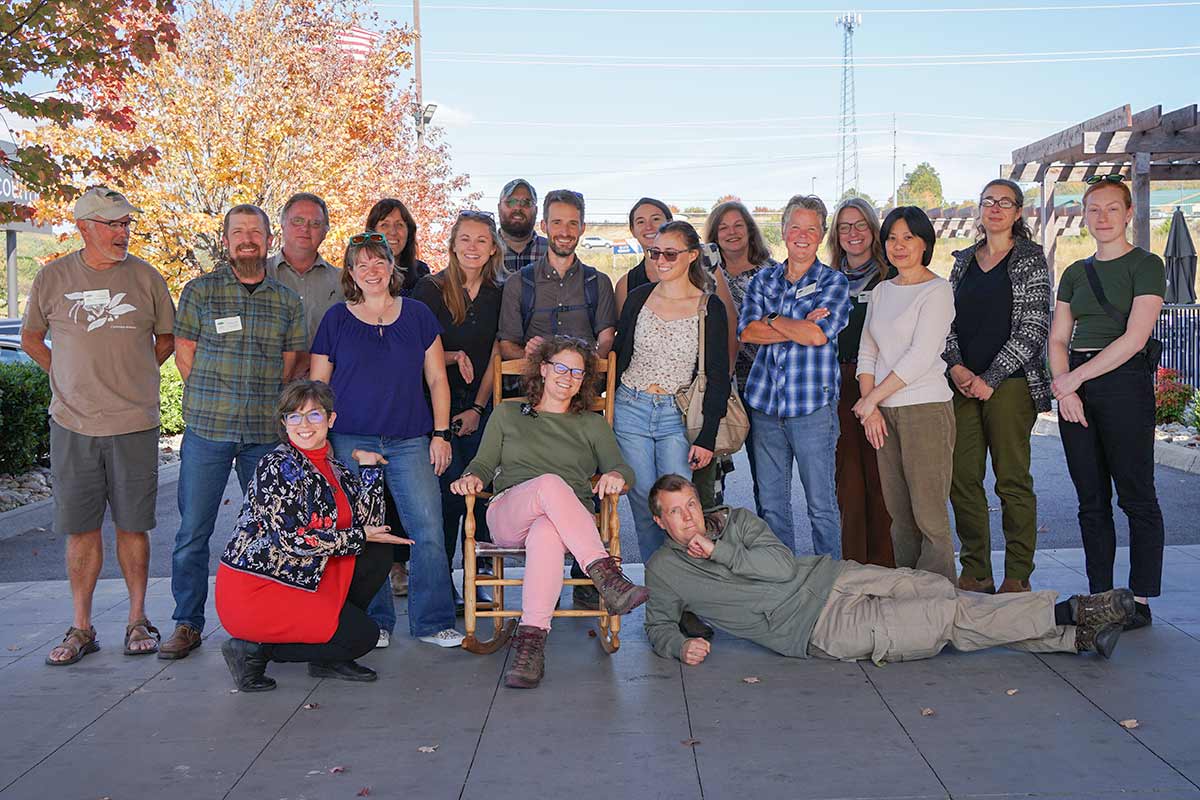2023 Poster Session
Uma Plambeck and J. Hill Craddock
The University of Tennessee at Chattanooga, Dept. Biology, Geology, and Environmental Science, 615 McCallie Ave. Chattanooga TN 37403
Abstract
Cryphonectria parasitica is the ascomycete fungus species that causes chestnut blight disease. Symptoms of chestnut blight include bark cankers and eventually the death of American chestnut, Castanea dentata. But not all Castanea species are equally affected by the disease, and some Asian species appear highly resistant. We investigated the effect of C. parasitica, on three North American species, one European species, four east Asian species of Castanea, and nine full-sib families of TACF backcross hybrids. Our study used both a small stem assay to measure canker lengths and an excised leaf disc assay to measure variation in tolerance to oxalic acid between the different Castanea species and hybrids. We inoculated 967 container-grown seedlings with C. parasitica strain EP155 and allowed cankers to develop for 12 weeks. Two measurements were recorded for each canker: orange zone, and full length of necrosis, following the method of Cipollini et al. 2021. Excised leaf discs were soaked in a 50 mM solution of OA for 8 hours and then digitally imaged for measurement of browning with Image J, following the method of Hardin 2023. Preliminary results show differences that vary by Castanea species in resistance to C. parasitica, as measured by canker lengths in the SSA, and differences to OA degradation (browning) as measured by the leaf disc assay. The TACF hybrids appear to be intermediate in their responses to C. parasitica and OA.













